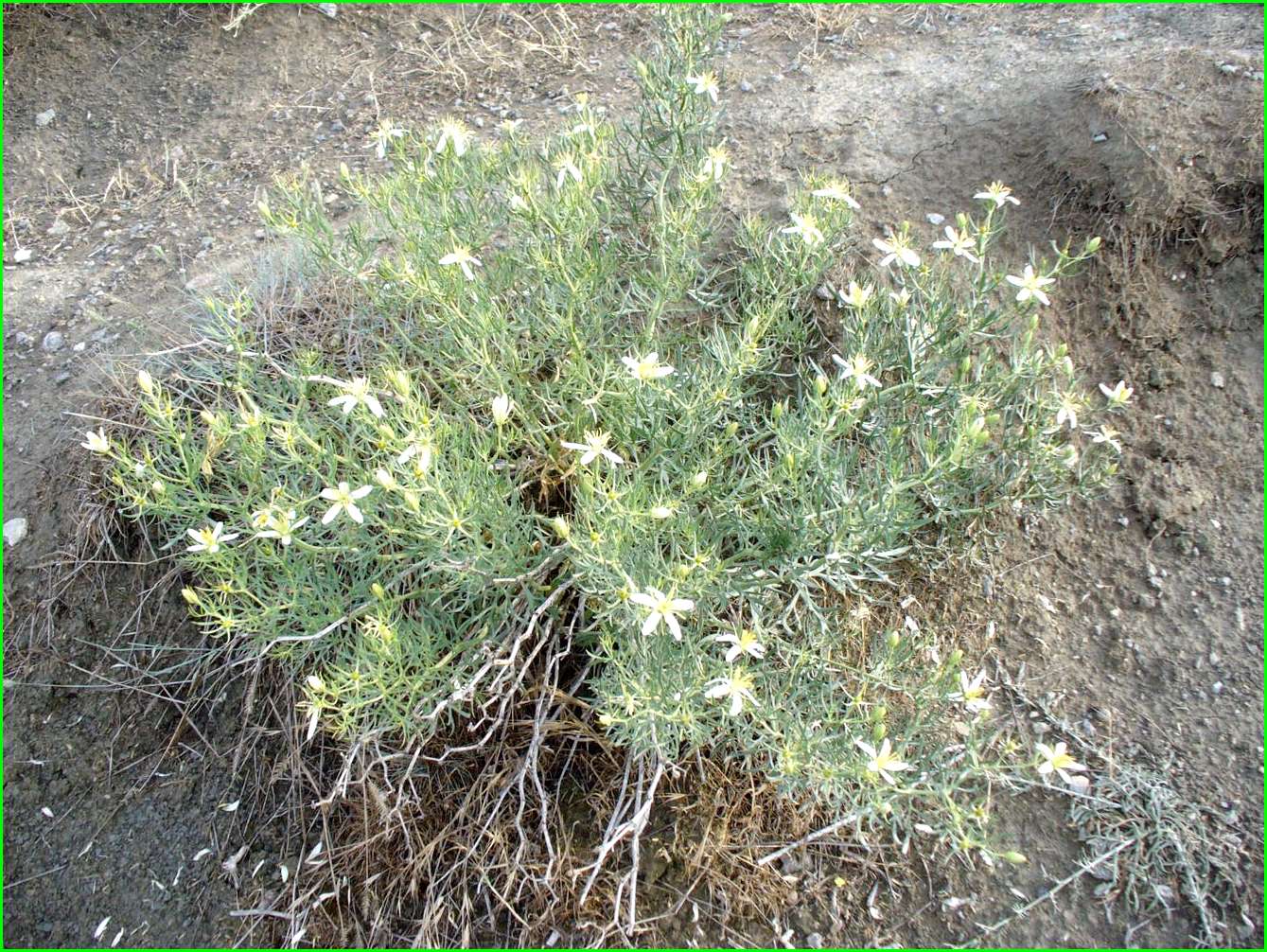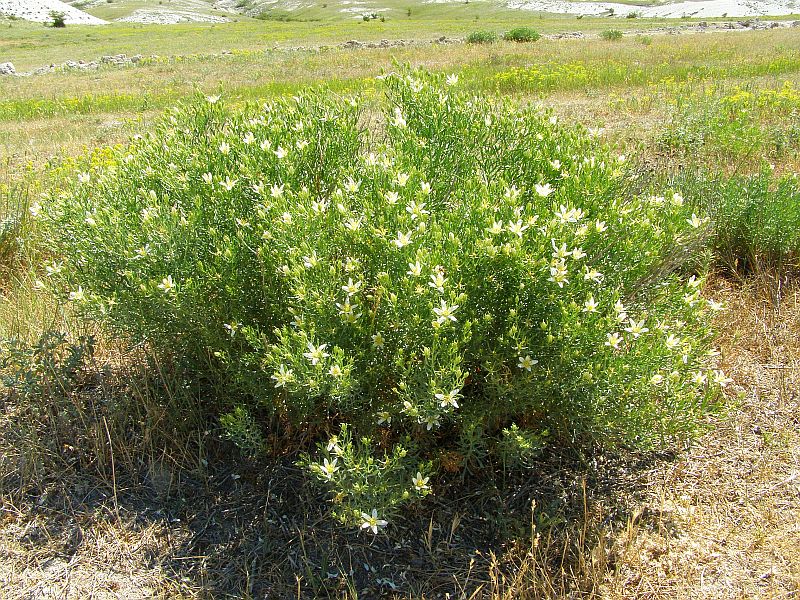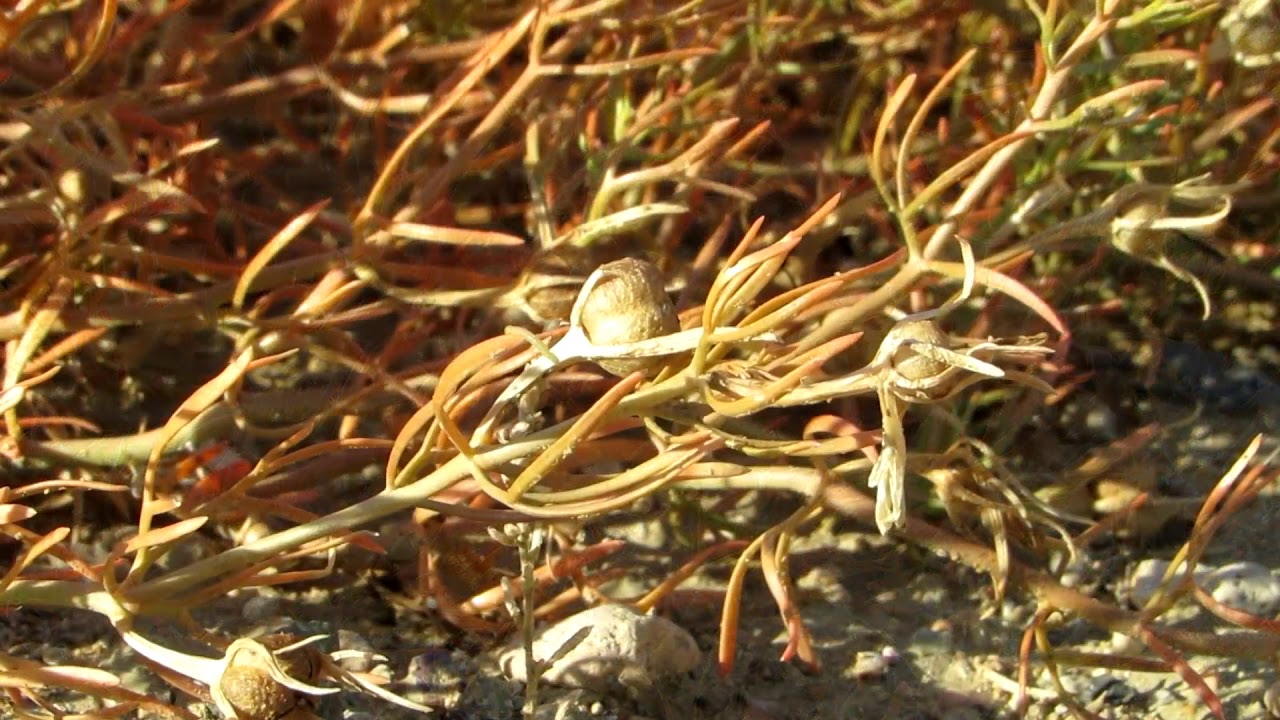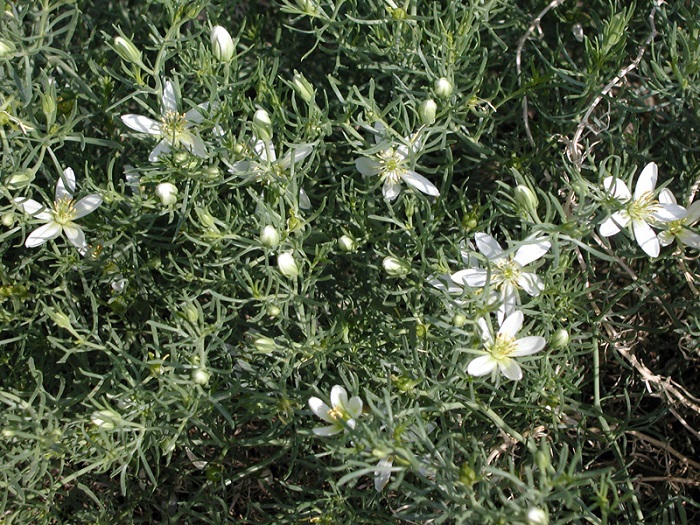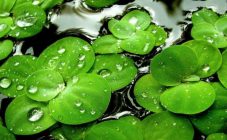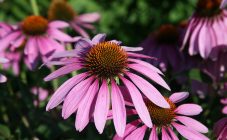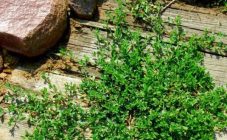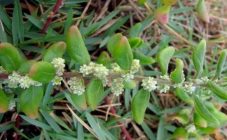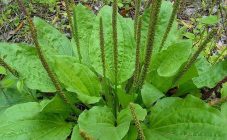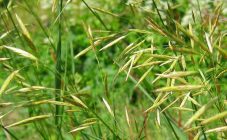A herbaceous plant with the unusual name "burial herb" has long been known for its healing properties, used to treat many ailments. In ancient times, when only natural natural medicines were used in medicine, a bunch of this dried plant was paid in pure gold. The high price was due not only to medicinal properties, but attributed to magical powers: to expel evil spirits and remove damage from a person.
Description of culture
The growing area of grave grass is very extensive: these are the southern regions of Russia and Ukraine, the countries of the Caucasus and Central Asia, Mongolia. This unpretentious plant, like a weed, is found among crops of cereals and grows on almost any soil, sands and semi-deserts, desert pastures, in river valleys and rocky mountain areas.
In connection with such a vast geography in each region, the burial ground is known by different names. The scientific name of this plant is ordinary harmala or adraspan herb, which translated into Russian means "medicine for the treatment of thousands of diseases." This plant in Ukraine is called garden rue, in Azerbaijan - isirik-grass, in the countries of Central Asia - is sop with grass.
Garmala, according to the botanical description, is a perennial herb with a specific aroma:
- Many lignified stems reach heights from 50 to 65 cm. Due to the powerful root system with two or three main taproots, deeply penetrating the soil up to 6 meters, it provides moisture and nutrients.
- The branches are sinuous in green colors.
- The leaves are palm-shaped and dissected, distributed evenly throughout the stem.
- The maximum crown circumference of an adult plant reaches from 110 to 150 cm.
- Numerous small flowers are pale yellow or white.
- The inflorescences consist of a calyx of five linear sepals and a corolla of five petals.
- Flowering begins in late May and lasts until July.
- The fruits are ball-shaped seed pods up to 1 cm in diameter, flattened with three nests. The capsule is filled with a large number of small dark brown seeds.
Interesting. One adult bush of adrasman grass (burial ground) can ripen about 120 thousand seeds.
Usually, the grass propagates by self-sowing or is carried by the wind during the fall weather. Garmala, or the herb adrasman, according to the biological classification, belongs to the parifolia family. The biggest difference between this type of grass is its toxicity, so great care is required when collecting raw materials.
Varieties of grave grass
The herbaceous culture grass adrasman, or burial ground, combines only four varieties. The most famous plants from this family are:
- Harmala is an ordinary herb, the Latin name is Peganum harmala. The second name of this plant is ordinary burial ground.
- Garmala nigella (lat.Peganum nigellastrum).
The first variety is considered the most common and popular. All parts of this plant contain many valuable substances. The herb is used in folk medicine, with the correct exact dosage, a significant therapeutic effect is achieved in the treatment of various pathologies and diseases.
Culture properties
The adrasman herb has a complex chemical composition, consisting of various substances:
- Organic acids.
- Steroids.
- Fixed oils.
- Proteins.
- Carotenoids,
- Saponins.
- A large number of alkaloids (beta-carbolines).
- Garmin (banisterol) and other substances.
The seeds of the plant contain up to 14% fatty oils and coloring pigments. The composition of the ground part of the grass in large quantities includes: potassium, iron, magnesium, zinc, strontium, as well as many trace elements. The root of the plant contains up to 2.7% alkanoids.
The main pharmacological property of the herb cheese, or harmala herb, and the reason for its use in alternative medicine is its sedative, analgesic, anti-inflammatory and antiseptic effect on the human body. In addition, herbal extracts and preparations have diaphoretic and diuretic effects.
In many countries of the East, the herb is considered sacred, its energy and impact on humans are associated with beliefs and mythology inherited from distant ancestors. It is believed that an amulet made of dried herbs can protect its owner from evil spirits. Since ancient times, Spanish grass has been given great importance, extraordinary magical properties are attributed to it and is used to fight evil spirits, to remove damage and the evil eye.
The dried seeds of the burial ground are used for fumigation, for this they are thrown onto hot coals or a highly heated metal flat object. Smoke begins to stand out with a wonderful smell, which is a little intoxicating and intoxicating, as if beckoning. Such an unusual effect of psychotropic effects is due to the fact that the aromatic smell is able to expand the vessels of the brain and improve the functioning of the circulatory system.
What is called the evil eye or damage, or in scientific terms - bioenergetic influence, is directly related to the brain activity of the human body.
About diseases and pests
All parts of the plant are poisonous, therefore the burial ground, or the grass, is bypassed by almost all insect pests. In addition, growing in harsh living conditions has made this plant one of the most hardy species of the plant world. In Central Asia, harmala can be found in the middle of the desert near rare wells with water. It happens that the water in the spring dries up, and the well is filled with sand over time, the harmala grass continues to grow in this place for many years.
Grass harvesting, storage
The collection of the herbaceous part of the plant begins during the formation of the flower ovary and during flowering, the root part is dug up in early spring or late autumn, the seeds are harvested after the seed pods are fully ripe. The collected raw materials are dried in a dry ventilated place or outdoors under a canopy. The grass is laid out in a small layer on paper or canvas and dried naturally. After drying, the stems and grass are cut into small pieces of 8 cm and packed in thick paper bags. The herb has a shelf life of two years.
Seed collection begins at the moment the seed boxes open. To do this, the fruits are cut with knives or mowed with braids, followed by tying into small sheaves. The dried grass is threshed and the seeds are separated.
